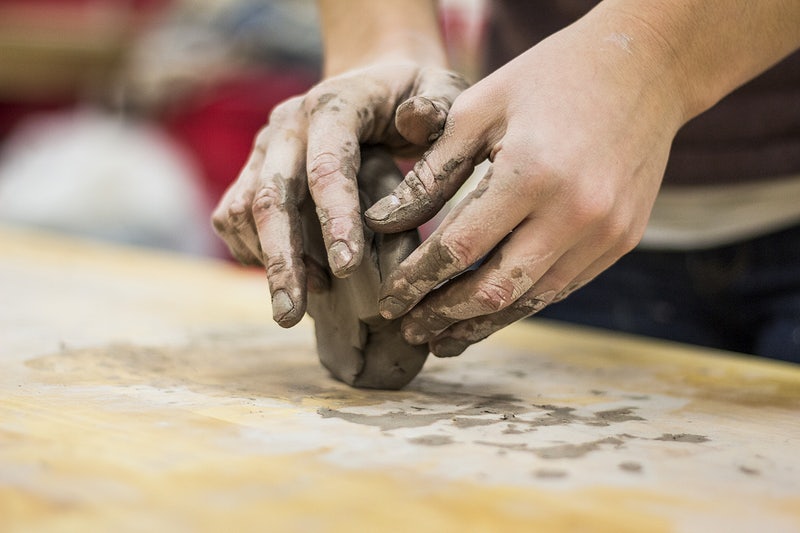
Art therapy is a specialised form of talk therapy.
Different people use the art-making in different ways.
You don’t need to be ‘good at art’ – or have any experience at all of making art – to be suitable for art therapy.
As well as talking with the therapist, the client makes art, using a range of materials, normally in the middle part of a session. It’s not just the content of the artwork – what it shows or depicts – that’s important, it’s also how the client feels during the art-making process.
In this process of the client putting down successive marks or gestures or colours or shapes, the client is engaging in a dialogue with themselves. Often the client is surprised by the results. I often think of the art-making in art therapy as a stepping stone to new insights and understanding. It can also be one of the ways hidden, uncomfortable or contradictory feelings are explored and resolved.
When the art-making part of each session is done, the therapist and client will usually spend some time talking about what the art-making and artwork has evoked and what it might mean. Sometimes there isn’t any obvious way to describe these meanings in words – but the art-making process and the finished artworks have the capacity to express and hold thoughts and feelings that are difficult to put into words.
What develops over time is a triangular relationship between the client, the artwork, and the therapist. For some clients this can make the sessions feel less intense than talk therapy. Others benefit from the sense of purpose and agency they get from creating new things.
The British Association of Art Therapists website has some more information about what art therapy is and what art therapists do: click the button below: